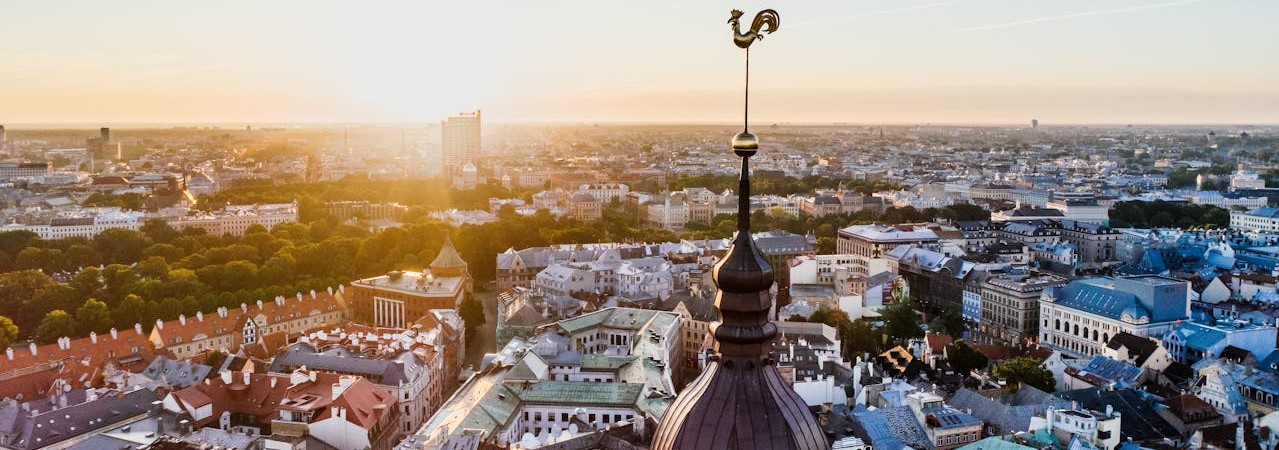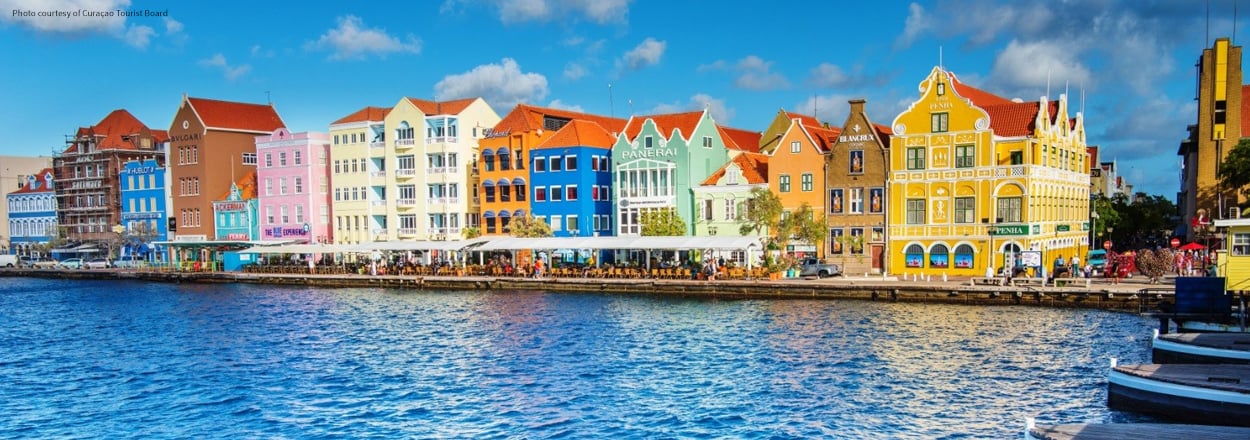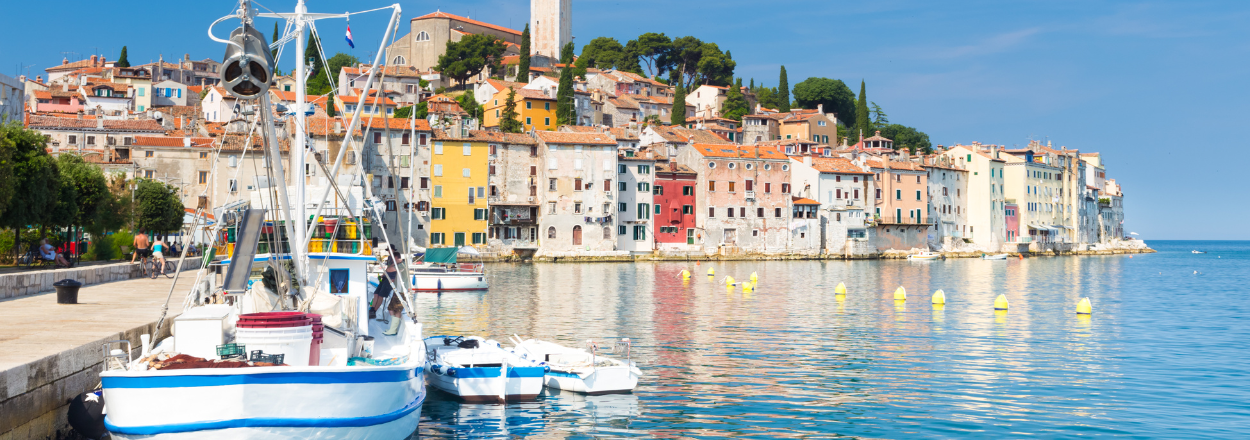Europe is home to many iconic destinations with diverse cultures, rich architecture and vibrant gastronomies. Countries like England, France, Germany, Italy and Spain certainly all deserve — and have had — their time to shine, but the frequently overlooked Latvia is an untapped European paradise. Perched on the Baltic Sea with over half of its territory covered by forests, this small country is alive with quirky traditions and unique cities to explore. Come along and discover all that Latvia has to offer.
Places To See
Rīga
Housing over one-third of the country’s population, the capital city of Rīga (Riga) has something for every traveler while offering an authentic taste of Latvian culture. Travelers who visit will be instantly captivated by the ornate Art Nouveau buildings lining the cobblestone streets. This artistic movement utilizes long, organic lines to create free-moving architecture, and the 800 Art Nouveau buildings in Riga certainly reflect this fluidity. Alberta Iela (Albert Street), lined with some of the city’s best works, is a great place for visitors to start and soak in these architectural marvels.
For history lovers, Old Town Riga may especially be of interest. This UNESCO World Heritage Site is perfect for walking tours with stops at attractions such as The House of the Black Heads, St. Peter’s Church and Riga Central Market. Don’t be fooled — the city may be filled with historic sites, but the spirit of the people is by no means old. Annual celebrations such as the Riga Street Food Festival, Riga City Festival and Restaurant Week not only showcase the lively demeanor of the locals but also offer a glimpse into Latvia’s roots through food and commemorative activities.
Jūrmala
For a change of pace, the seaside resort town of Jūrmala (Jurmala) is all laid-back vibes and relaxing beaches. The town is only a 20-minute train ride away from Riga and has plenty of beautiful attractions worth exploring. Dzintari Forest Park is one option, and this green area is home to trees over 200 years old with numerous walking paths to see them. Jurmala Beach, the House of Aspazija, the Open-Air Museum and Mr. Morberg’s house are some other recommended stops when visiting the town. For shopping opportunities and world-class restaurants, Jomas Street in Majori village fits the bill, while Ķemeri on the west end has been developed into a spa sector for those seeking total relaxation.
Kuldīga
Often described as Latvia’s most magical and prettiest town, Kuldīga (Kuldiga) was founded in 1242 and is perfect for travelers who enjoy simplicity. The historic buildings aren’t outwardly decadent but rather painted in bright colors and decorated with fresh flowers — its appearance is reminiscent of a quaint fairytale town. Aside from exploring its breathtaking beauty, Kuldiga is also known for housing Europe’s widest waterfall, Ventas Rumba, and it’s certainly worth seeing when visiting.
Must-See Cultural Events
Latvians today are a lively bunch who continue to practice the traditions and customs of their ancestors. One of the biggest events for locals is Jāņi, an annual summer solstice celebration in June. The tradition traces back to pagan farmers who celebrated the holiday after sowing their crops and before the harvest. It was believed the celebration would bring renewal, fertility and good luck. Locals have preserved these practices by weaving floral wreaths, lighting campfires and keeping the revelry alive until the morning hours.
Another major festival is the Latvian Song and Dance Celebration, which takes place a little over one week every five years. Honoring the Latvian people’s identity and culture, the event features a massive a cappella choir, folk dancing, art markets and other musical performances. The festival falls at the end of June through early July, with the next Song and Dance Celebration planned for 2028 in Riga.
To Know Before You Go …
Latvia is a special destination no matter what time of year travelers come, though its distinct seasons and weather patterns can affect the overall experience. Summer is considered June through September, and the weather is comfortable during these months — the average temperature sits at 66 degrees Fahrenheit, rarely ever topping 86. Winter, categorized as December through February, brings quite the chill with an average daytime temperature of 21 degrees Fahrenheit. In especially cold periods, it can drop to -22 degrees Fahrenheit at night.
Naturally, the local currency of Latvia is the Euro, and the official language is Latvian. Russian is also spoken by some locals, and younger residents tend to be more familiar with the English language. Communication channels, such as signage and public announcements, are in Latvian. Locals are known for their kind demeanor, so travelers who need extra assistance getting to their next destination shouldn’t be afraid to ask for help.






comments